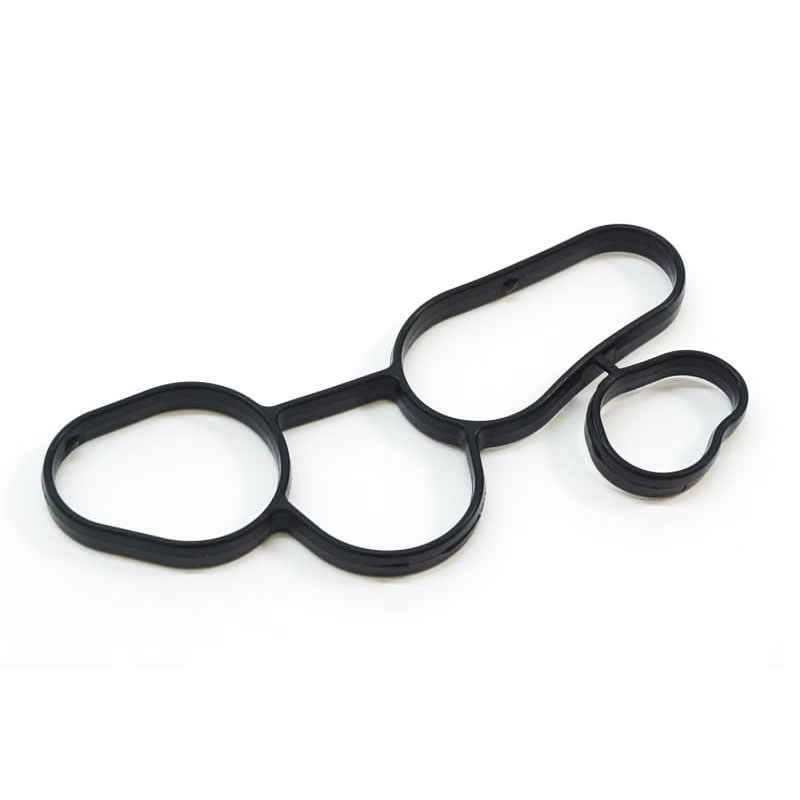manual transmission output shaft seal
Understanding Manual Transmission Output Shaft Seal
The manual transmission is a critical component of many vehicles, offering a direct connection between the engine and the wheels. One vital part of this system is the output shaft seal, which plays a crucial role in ensuring the transmission operates smoothly and efficiently. In this article, we’ll explore the function of the output shaft seal, the common issues associated with it, and best practices for maintenance and replacement.
What is the Output Shaft Seal?
The output shaft seal is a cylindrical component located at the end of the output shaft of the manual transmission. This shaft transfers power from the transmission to the drive shaft, which ultimately drives the wheels. The output shaft seal prevents transmission fluid from leaking out while allowing the output shaft to rotate freely. The seal is usually made of rubber or a similar material, designed to withstand the high temperatures and pressures of the transmission environment.
Function and Importance
The primary function of the output shaft seal is to maintain the integrity of the transmission system by containing the transmission fluid. This fluid is vital for lubrication and cooling of the internal components; without it, the transmission can overheat and ultimately fail. A well-functioning output shaft seal ensures that the right amount of fluid is present, preventing costly repairs or replacements due to fluid loss.
Additionally, the seal plays a role in maintaining optimal hydraulic pressure within the transmission. This pressure is necessary for the proper engagement of gears and smooth operation. A degraded or failing output shaft seal can result in erratic shifting, difficulty in engaging gears, and an overall decrease in performance.
Common Issues
Over time, the output shaft seal can wear out due to exposure to extreme temperatures, road debris, and the cyclical stress of operation. A few common symptoms of a failing output shaft seal include
1. Fluid Leaks One of the most noticeable signs of a worn seal is transmission fluid pooling underneath the vehicle. A significant leak can lead to a low fluid level, resulting in severe transmission damage.
manual transmission output shaft seal

3. Unusual Noises A failing output shaft seal may cause the components within the transmission to grind against each other due to inadequate lubrication, leading to unusual sounds when shifting gears.
Maintenance and Replacement
Maintenance of the output shaft seal primarily involves regular checks of the transmission fluid level and condition. It’s advisable to consult the vehicle’s owner manual for recommended fluid change intervals. If a leak is detected, it’s crucial to address it promptly to prevent further damage to the transmission.
When replacement of the output shaft seal is necessary, the procedure typically involves the following steps
1. Drain the Transmission Fluid Begin by draining the transmission fluid into a suitable container to avoid spillage.
2. Remove the Driveshaft Depending on the vehicle, it may be necessary to detach the driveshaft for access to the output shaft seal.
3. Extract the Old Seal Carefully remove the old seal using a seal puller or a similar tool, ensuring that no debris falls into the transmission.
4. Install the New Seal Clean the sealing surface thoroughly and install the new seal, making sure it is seated correctly.
5. Reassemble and Refill Reattach the driveshaft, refill the transmission with the appropriate fluid, and check for leaks.
Conclusion
The output shaft seal is a small but essential component of a manual transmission system. By understanding its function and the signs of potential failure, vehicle owners can take proactive steps to maintain their transmissions. Regular maintenance and timely replacement of a faulty output shaft seal will ensure smooth operation, ultimately extending the life of the vehicle’s transmission and enhancing overall performance. Whether you're a DIY enthusiast or prefer professional assistance, paying attention to this crucial seal can save you from costly repairs down the line.
-
Understanding the Front Main Engine Seal: Purpose, Maintenance, and Installation
News Jul.29,2025
-
Understanding O-Rings and Seal Rings: Types, Applications, and Custom Solutions
News Jul.29,2025
-
Understanding Crankshaft Oil Seals: Rear Seals, Pulley Seals, and Their Role in Engine Integrity
News Jul.29,2025
-
The Importance of Front and Rear Crankshaft Seals in Engine Performance and Oil Management
News Jul.29,2025
-
Crank Oil Seals: Functions, Types, and Cost Considerations in Engine Maintenance
News Jul.29,2025
-
A Comprehensive Guide to O-Rings and Seals: Types, Materials, and Global Applications
News Jul.29,2025
-
Mastering Diesel and Performance Engine Maintenance: A Guide to Critical Oil Gaskets
News Jul.28,2025
Products categories















